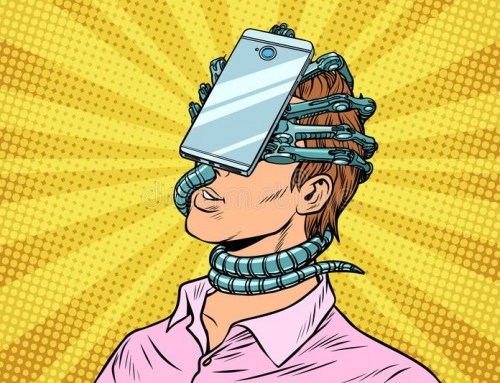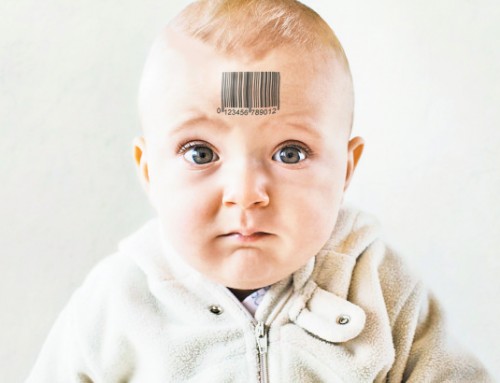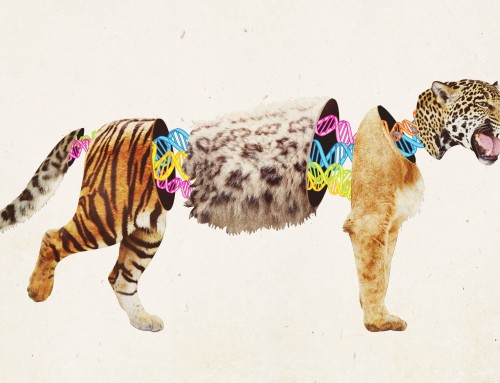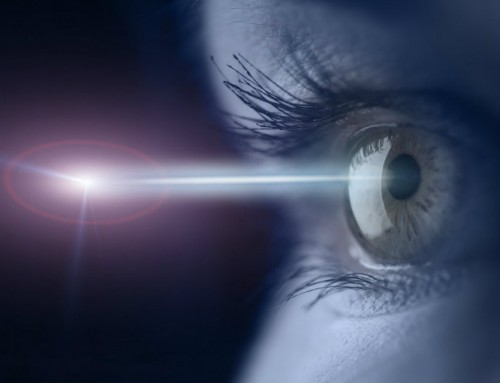“I am not a monkey and my grandfather was not a monkey so how could evolution be real?” This statement might seem ridiculous to some and yet this sort of misunderstanding of evolution is found throughout society. Perhaps it is the expansive temporal scale of evolution that is leading to so many misconceptions and false ideas. Or maybe there are too many cultural barriers that are obstructing its progress. Either way, I thought I would take this opportunity to address the 7 Misconceptions of Evolution:
1. Humans evolved from monkeys, so why are there still monkeys:
Humans did not evolve from modern day monkeys. Instead, humans and modern day monkeys both evolved from a common ancestral species who was definitely monkey-like, but not at all the same as modern day monkeys. From this common ancestor we see a split in the evolutionary road, some of these roads lead to modern day monkeys and other species of primates, and one of them leads to Homo Sapiens, modern man. So instead of thinking of Apes as our evolutionary fathers, we should then view them as our cousins from a very ancient common ancestor. Example of one of our common ancestors link
2. We have no evidence of speciation (one species evolving into another):
Actually….Yes we do, there are multiple cases in both plants and animals where we have seen speciation events where one species evolves into a completely separate species in the modern age. (examples: Cichlid fish, Rhagoletis pomonella, goatsbeard plants, Epilobium angustifolium: Speciation examples.) But what is a species? Most people who ask for this type of evidence are unknowingly unfamiliar with this term. A species is most commonly classified as a organism that can interbreed and create viable offspring in a non-laboratory environment. This definition does not require large physical differences that can be evaluated with visual cues. Many species have close evolutionary relatives and look very similar but cannot interbreed with and thus they are different species. So what these skeptics really want to see is something like a fish turning into a monkey in modern times. This is a misconception that stems from a inability to grasp the large timeline of evolution. For large scale evolutionary change to take place time is needed, on the scale of millions of years. Life has been evolving on planet earth for 4 billion years and it has had a lot of time to change and evolve. Luckily, we do have the fossil record to show us transitional stages between species and the vast diversity of life. List of Transitional Fossils
3. Evolution denies the existence of a creator:
First of all, there is no clause in evolution that denies the evidence of a creator. Evolution simply outlines a theory that can most accurately describe the observed changes in biological history. Same as how the theory of gravity (Newtonian and Einsteinian) does not deny God made the cosmos because it can accurately describe the birth and death of stars and the formation of galaxies. The strength of a theory depends on its ability to describe phenomena and be backed by evidence both experimentally and observation-ally. Using this criteria, evolution does prove to be a very strong theory based on evidence and is very helpful when making predictions and explaining events. This is not to say that evolution could not be a mechanism of God’s creation. In fact, it might be more profound and truer to suggest that God created us using the unchanging and steadfast laws of nature that are such a great reflection of God himself.
It is true that science is still at a loss for exactly how life began. We do see the building blocks for life (amino acids) throughout the universe and the elements of life are among the most common in the universe. (H, O, C, N) So the materials of life are not rare, but the configuration of these materials to form an organism does seem relatively rare. Seeing as there is only one known planet that harbors life. And so there are many theories for how life first formed (none with definitive evidence): some suggest it to be a eventuality of complex chemistry, some state it to be pure luck, and some even proclaim that life carries with it the necessity of a intelligent creator. Whatever the right answer for this question is, the misconception here is that evolution is dependent on which of these is correct. Evolution describes the behavior of living organisms over time, not the initial creation of life itself. We similarly do not know exactly how matter and energy came to be, but we still have theories (even laws) that describe the behavior of that same matter and energy. However life first formed does not matter to evolution. But once life did arrive, it seems evolution arrived with it.
See: Seven Theories of How Life Began.
5. Complex structures, like the eye, are too complex to evolve in one stage and the parts would have no benefit to be selected for:
Yes there are many complex structures throughout biology. The eye is a great example of this. And for each part of the eye to evolve, the genes that brought forth each part individually had to give some advantage to the organism as a whole. An advantage that allows it to better pass on these genes. What we forget is that a trait can be a addition or a subtraction from a structure. For a building to be built, there must be a scaffolding that is first erected that gives stability and functionality to the structure. Once it is complete this scaffolding can be removed. In many cases in evolution it can be theorized that a scaffolding allowed for a complex structure to be built that still gave the organism a distinct advantage. In the case of the eye, light sensitive cells were definitely a advantage, allowing organisms to orient themselves or even seek out heat. Later came the focusing of this light through some rudimentary device, that was then removed as the lens of our eyes became the prominent mode of focusing light. We see many different levels of complexity of eyes throughout the animal kindgom and the fossil record that point to a gradual evolution of this complex structure through addition and subtraction of components. Evolution can change structures, re-utilize structures, or even take structures away completely. The only rule is that the trait must promote the proliferation of that gene in the given population.
6. Humans are the pinnacle of evolution:
I hate to stomp on the ego of man but we are far from perfect. If we were, we wouldn’t be so preoccupied battling disease, starvation, and war. A main principle of evolution is that there is no end goal, it is not traveling in any specific direction. Clearly humans are dominant at this time on our planet and it is easy to conjecture that we are a superior species. But drop one of us in the Jurassic period or in a early earth before the ozone was formed and quickly we seem much less equipped for survival. This is because evolution only works to generate species that are best adapted for their current environment. And since environments are constantly changing, so are species. Yes, there are some traits (possibly intelligence or population cooperation) that a case can be made for their advantages in any environment but even still, their definition and biological utility is constantly changing. It seems as though evolution is in the nature of biology itself and it’s forces will always be felt in living populations. However, it is a mysterious force and our own preconceptions of progress and goal oriented mechanisms can often get in the way of our understanding.
Dr. Neil deGrasse Tyson calls some aspects of human anatomy, “Stupid Design.”
7. Why aren’t organisms still evolving?:
One of the biggest hurdles when trying to understand evolution is the vastness of the time scales involved. It is very difficult for people to understand what a million years means, let alone hundreds of millions of years. These amounts of time are not experienced in our lives and yet even in our lifetimes we do see change. We see adaptation in organisms, we see changes in some species’ physical appearance, and (as I stated earlier) we can even see speciation events in our lifetimes. So then, we can extrapolate these changes over the large evolutionary timeline and see that life is in fact still evolving. Though it might be a small rate of change, the amount of time involved is so staggering that small changes can give rise to incredible transformation and diversification.







Leave A Comment